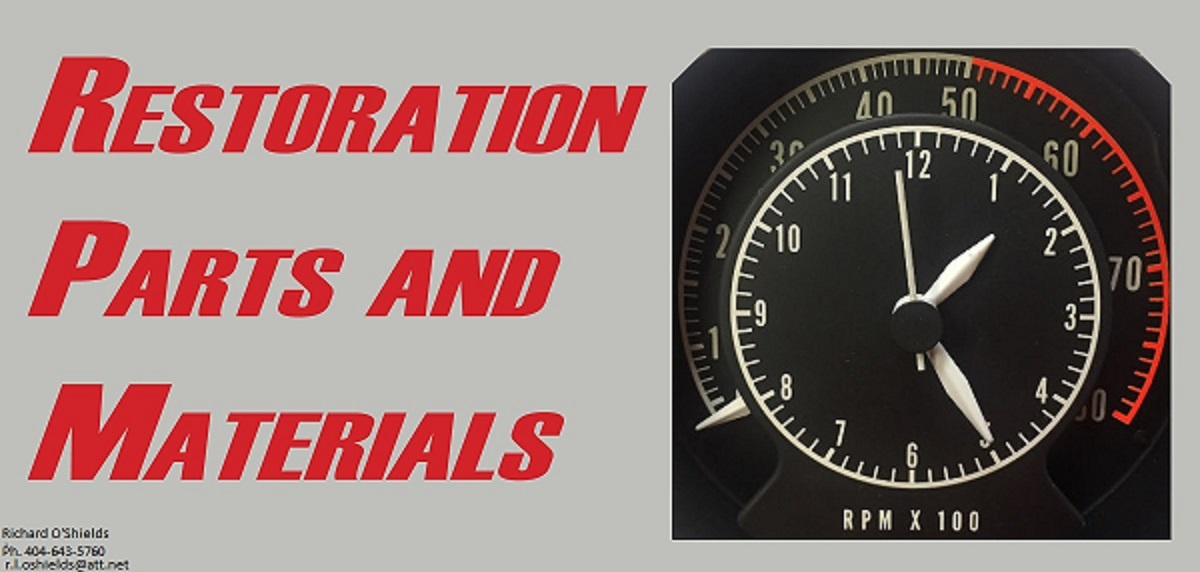Balance from scat, eagle, and others is weigh 1 rod each end, one piston, rings, and look at their cheat sheet for bearing weight, calculate, and make up the bob weights and spin the crank. Last I heard from Tom Leib that's the way "everyone" does it." Plus or minus around 6 grams.
Rods are advertised as weight matched sets, again, plus or minus 4 grams. Problem is the formula uses1 piston, 1 set of rings, 2 sets of bearings, 2 large ends of rods, 1 small end of a rod, and 4 gms oil for small blocks and 5 or 6 for big blocks.
"Weight matched" rods are TOTAL rod weight, not 4 grams for small and 4 grams for big end. I regularly see rod sets that the big end varies by 8 or 10 gas, and small ends by as much as 8 or 10 also. Add that to + or minus 4 grams, and you can see that bobweights can be off by more than 12 grams.
Reputable shops balance all small and big ends separately, weigh and balance all pistons, and use actual bearing weights.
I haven't seen anybodys aftermarket "factory balance" within 12 grams (rebalanced by a reputable race shop)in years! Mallory "heavy metal" balance is a bargain from crank companies, as installing Mallory is labor intensive. Buy the kit "balanced" and take it to a real machineshop for touch up. LS stroker motors generally need Mallory, as do big strokes.
How to tell a good balance is by usually 1 rod of a set has no grind marks and the others do. Same with pistons. The heaviest rod small end is usually not the same rod as the heaviest big end. That's the real problem.
Look at other balance jobs at that shop and look at how many parts are ground on. The more, the better. Don't forget to ask tolerances at different shops before deciding who to use.
I was told at the PRI show by several companies:"we balance our parts to +_ 6 or 8 grams, it's automotive factory industry standards.
But aren't we trying to make more HP than factory? Why wouldn't we want it better?
The worst factory balances I ever saw were 60s, 70s, and 80s MOPARS.
TIMINATOR


















